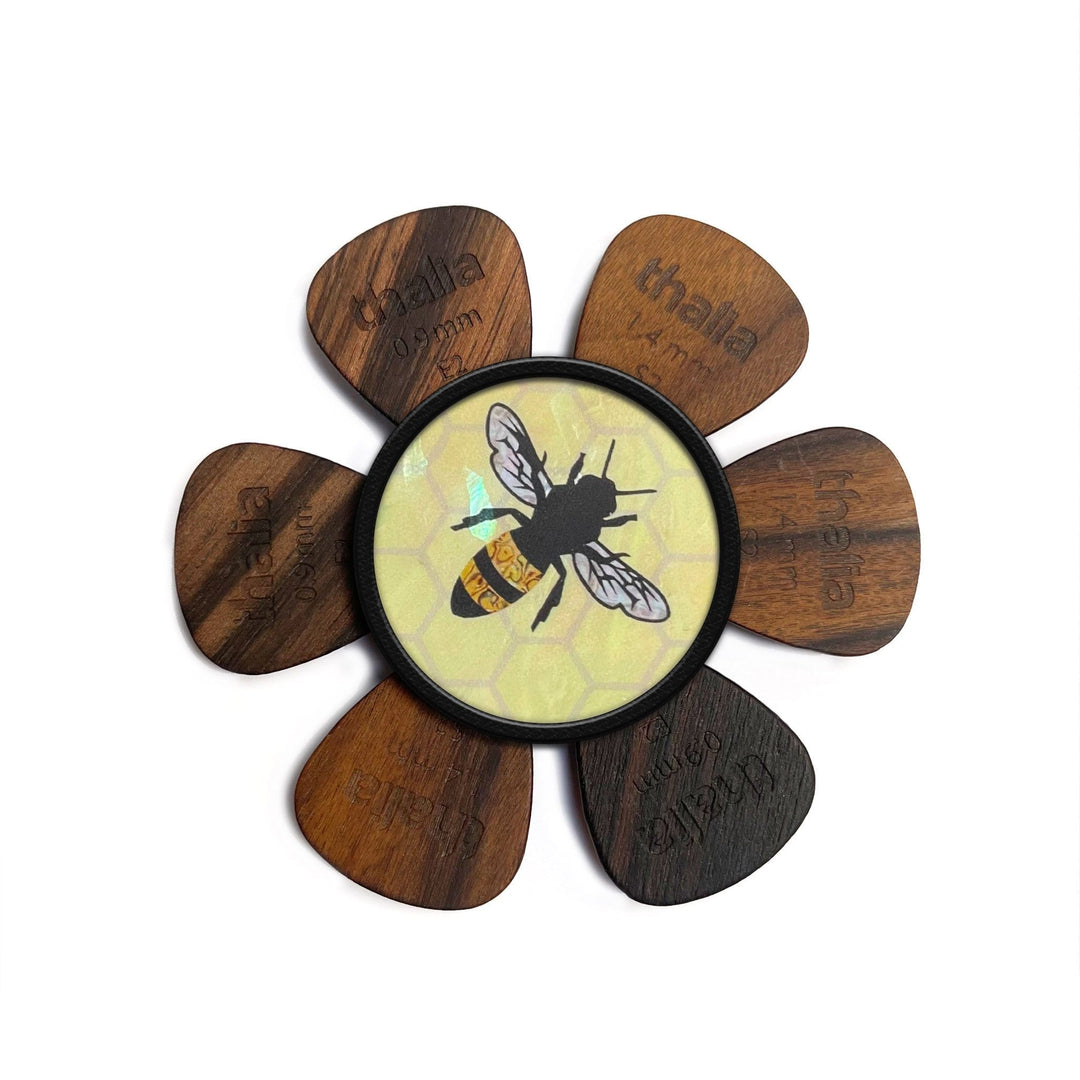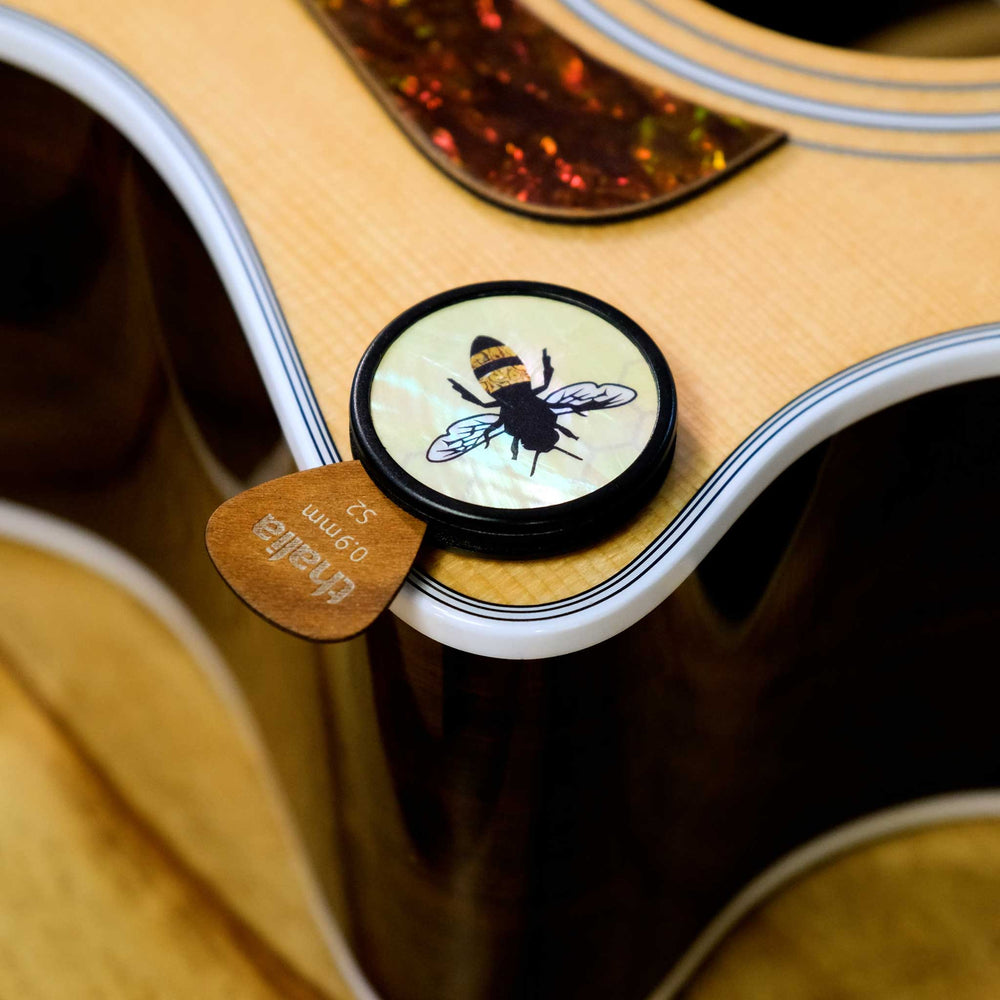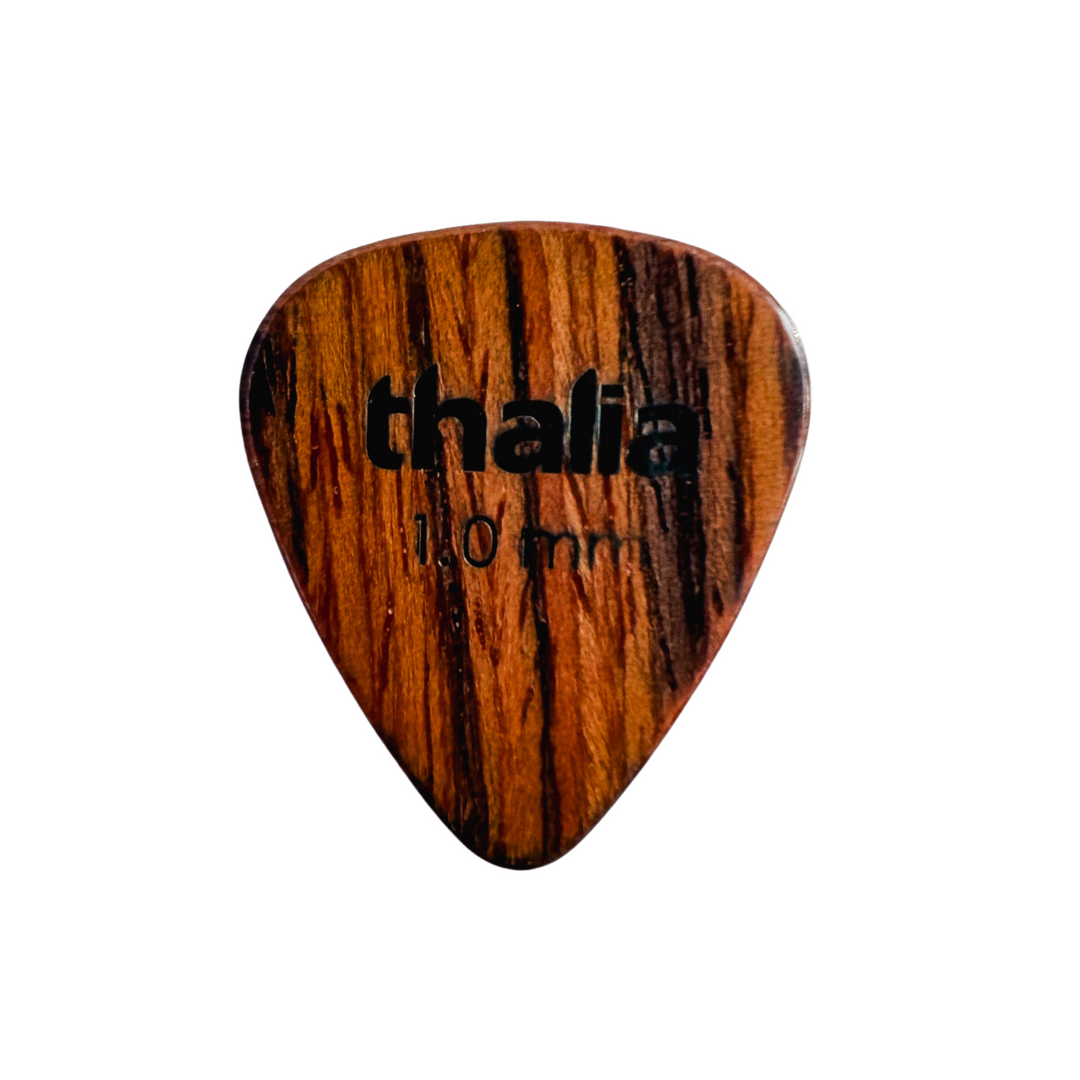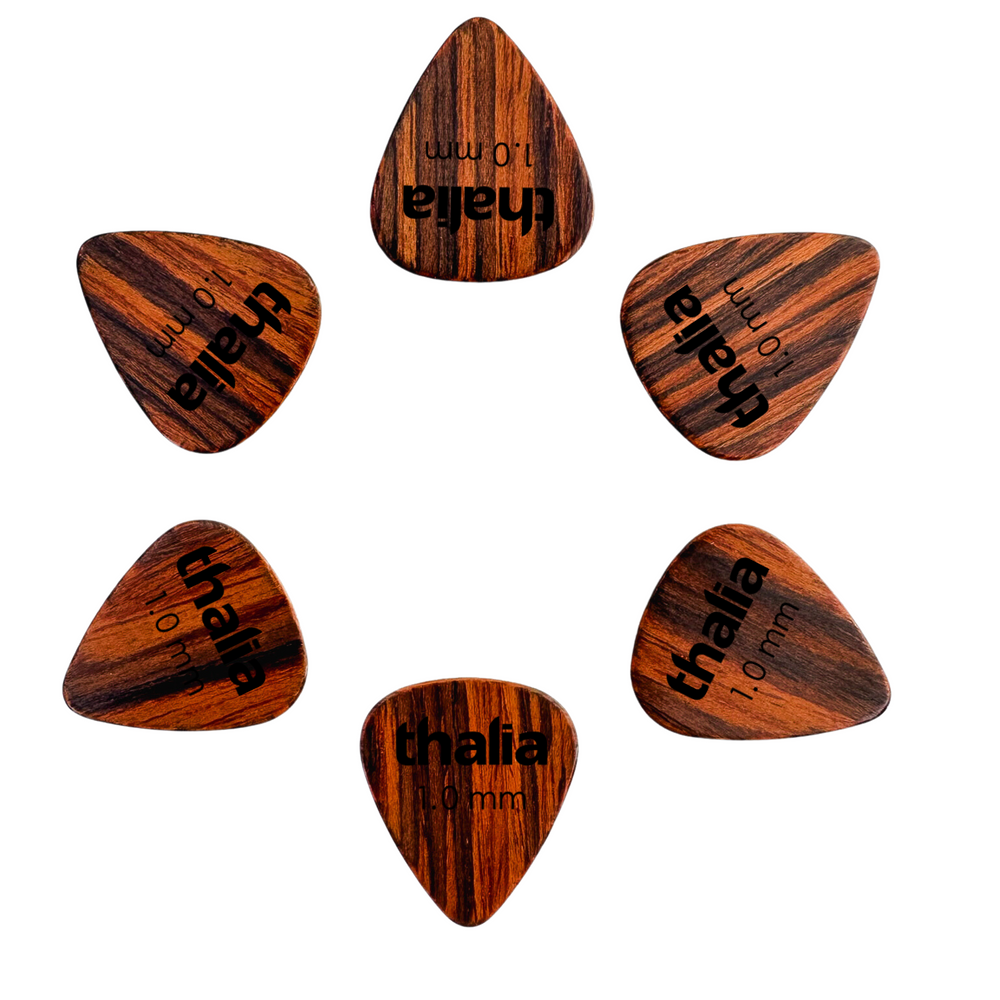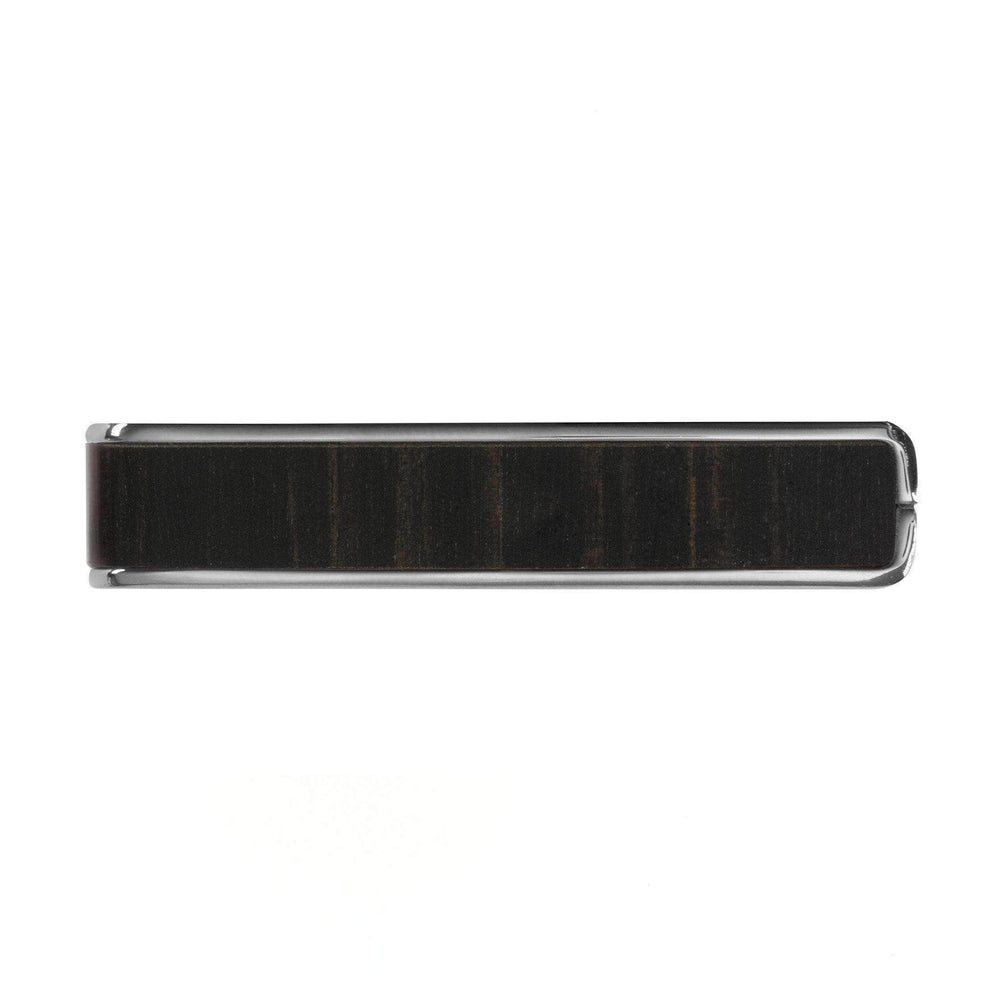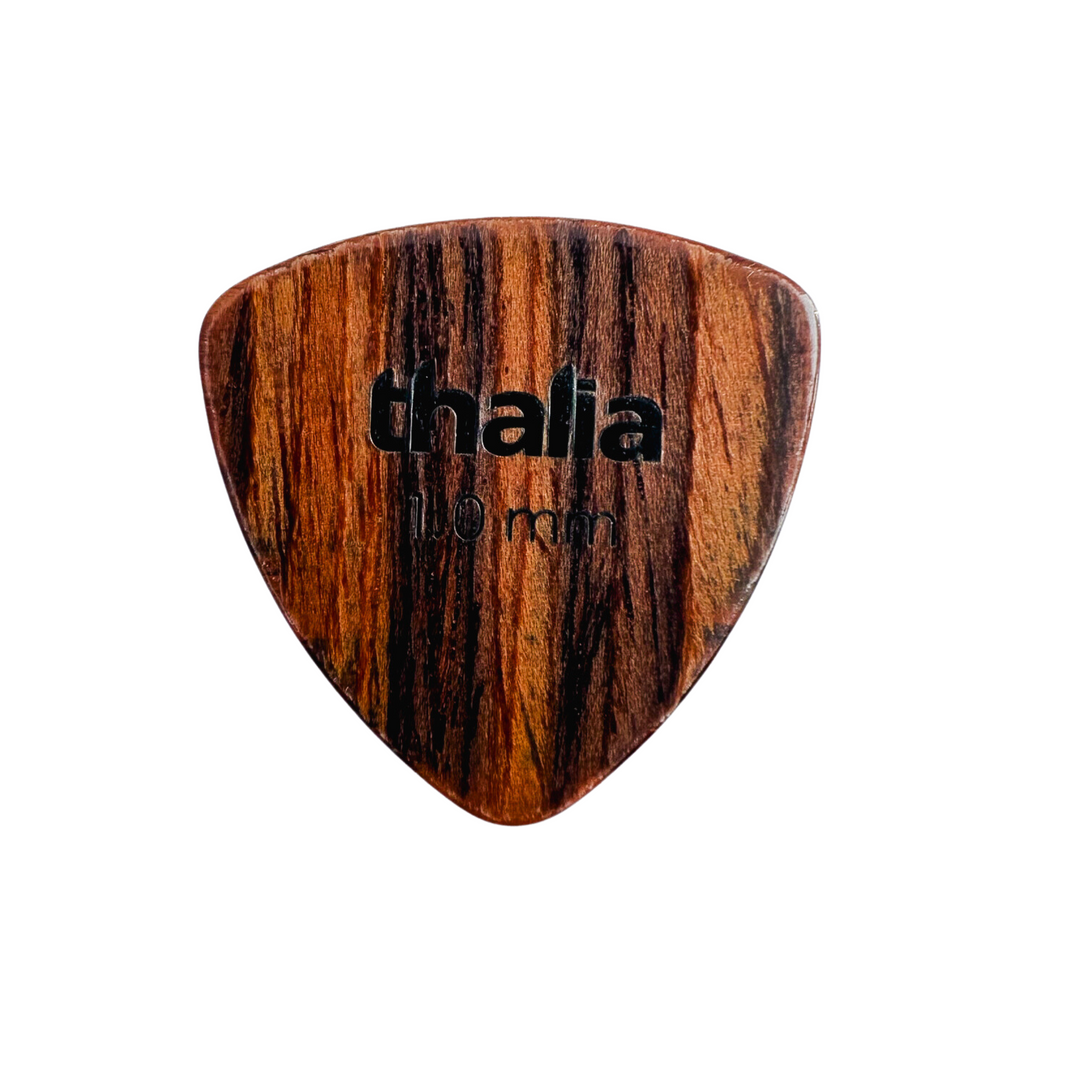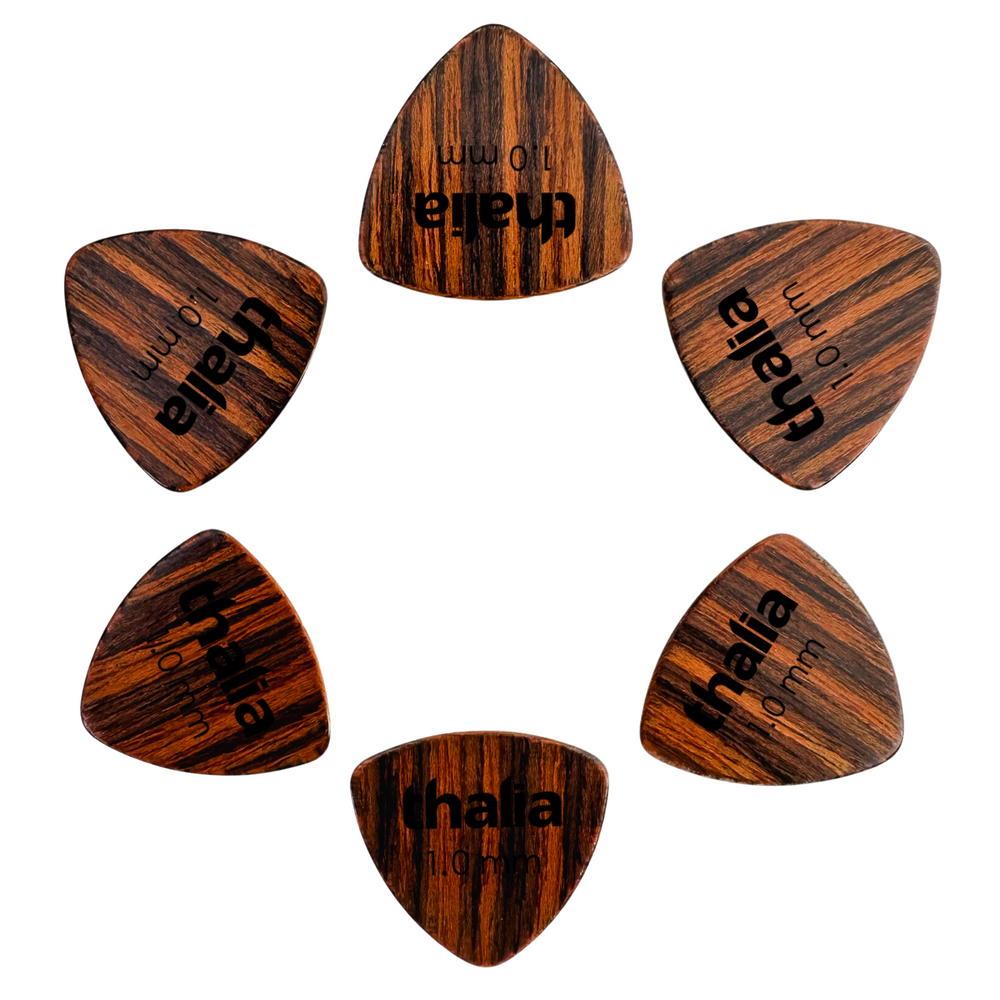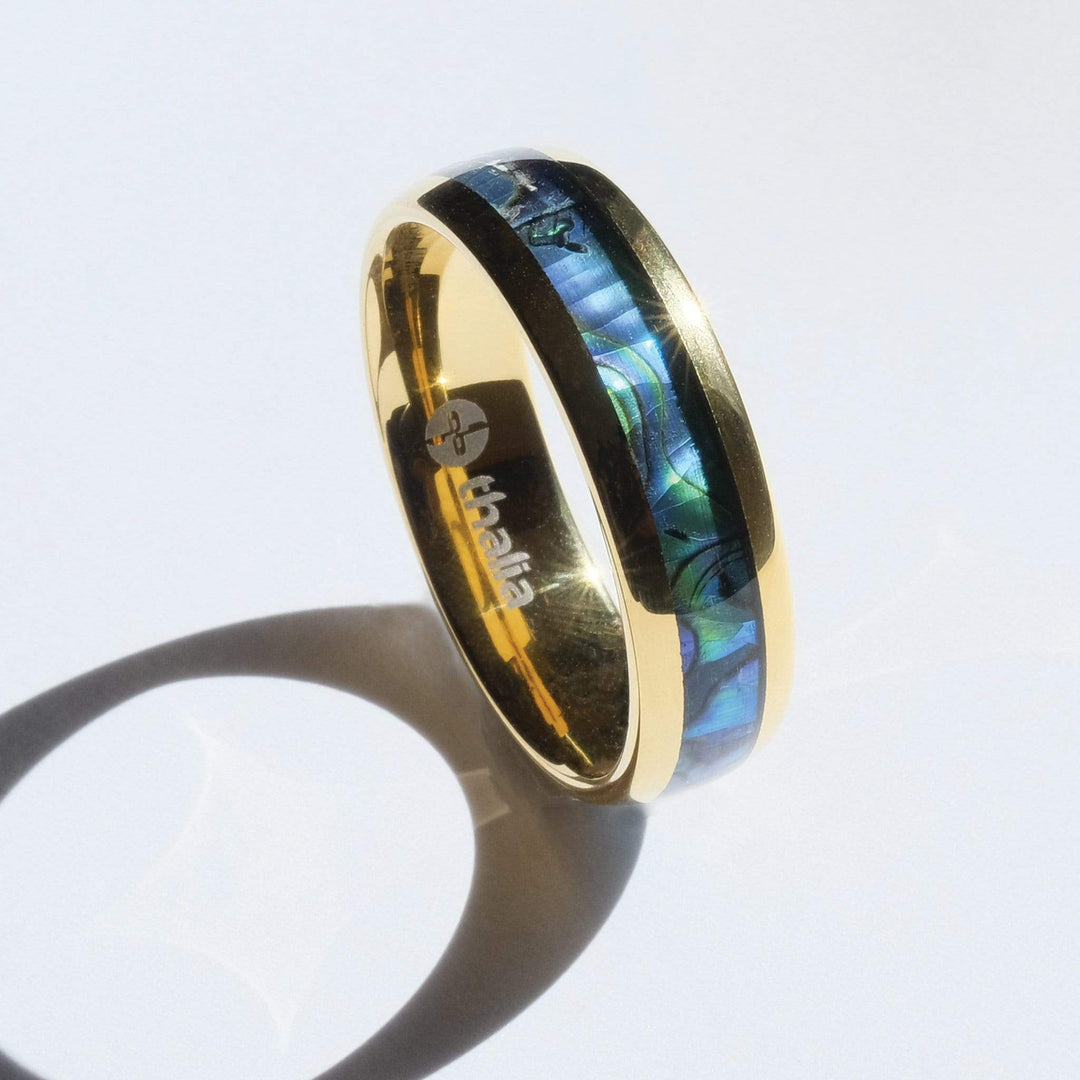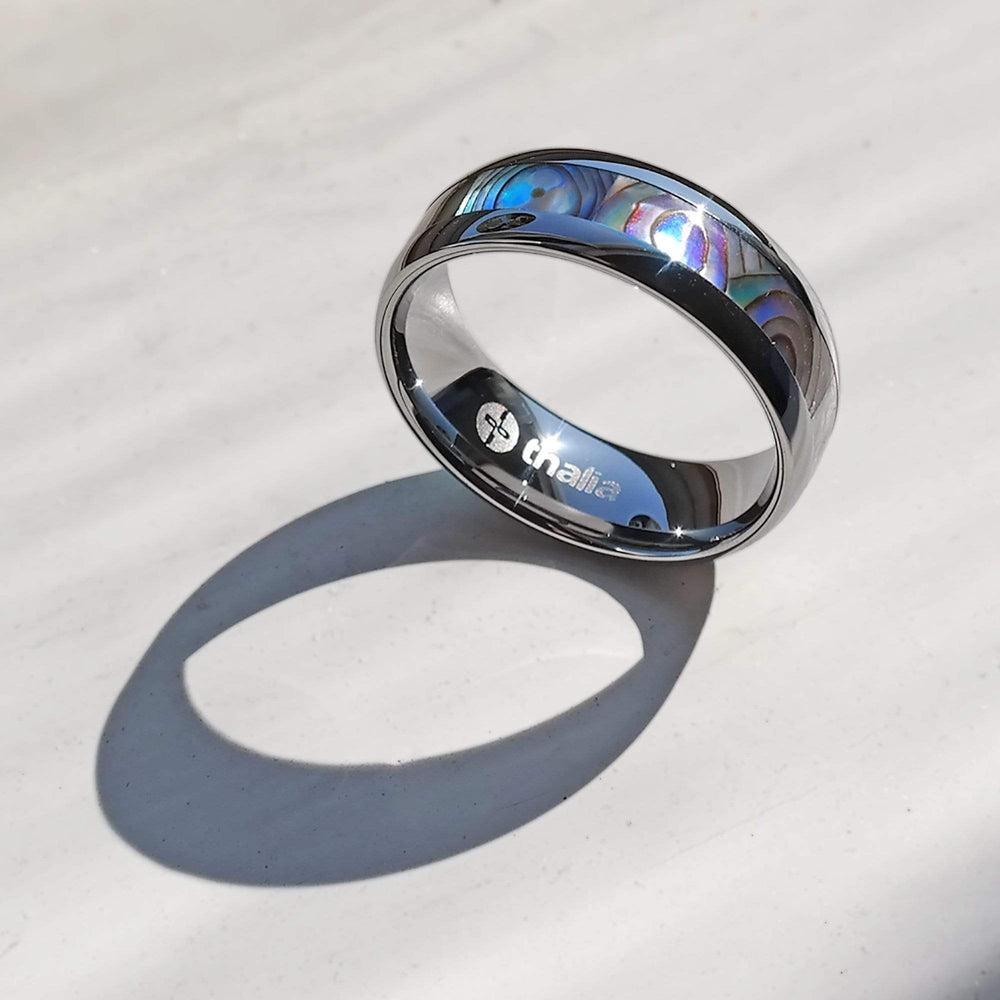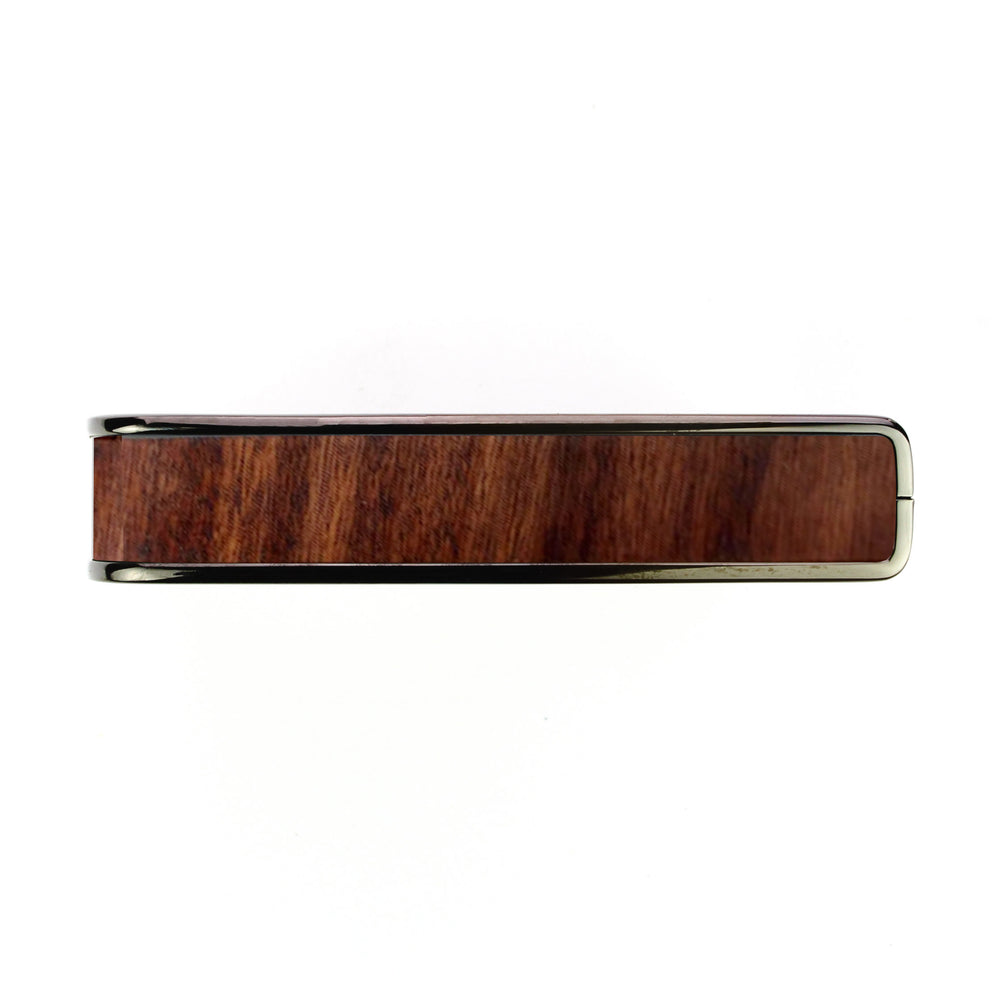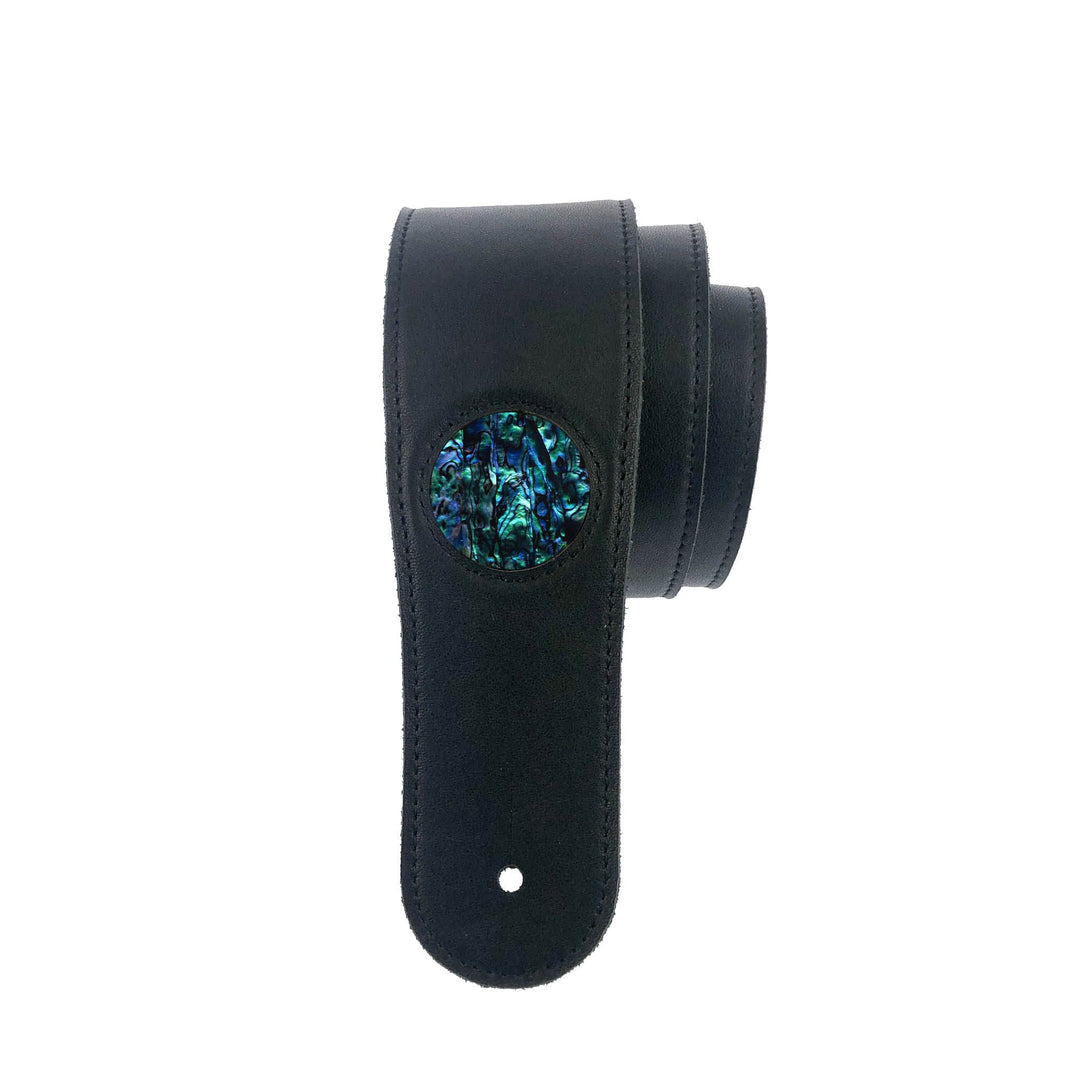Why Peter Green's Les Paul Had that Sound

Peter Green’s Les Paul is one of the most storied instruments in rock history.
Some of that is down to its trio of famous owners. The instrument started off in the hands of Mr. Green, was passed on to Gary Moore, and eventually ended up in the possession of Metallica’s Kirk Hammett.
But its celebrity owners aren’t the only thing that make this guitar noteworthy. It’s also one of the most distinctive sounding Les Pauls out there, thanks to a peculiarity in its pickup configuration.
I’ve talked about this in a previous blog post on the Greeny Les Paul, but I wanted to revisit the topic to clarify exactly why that guitar sounds the way it does.
If you’ve listened to those early Peter Green Fleetwood Mac albums, you’ll probably recognize his distinctive guitar tone. It had the power and bite of a Gibson Les Paul, but a tonal clarity more similar to the Fender Strat.
For many years, it was assumed that Greeny sounded the way it did because the pickups had been wired out-of-phase, which typically results in a thinner, more hollow sound. But, when Gary Moore and guitar tech Jol Dantzig took the instrument apart in the 1980s, they discovered that it was the polarity of the pickups, not the wiring, that resulted in the unique tone. As Dantzig himself recalled:
“I used a compass to measure the pickups’ magnetic polarity. I discovered that one magnet was oriented north-to-south while the other was oriented south-to-north. The pickups were magnetically out of phase—this was the secret we’d all been searching for!”
As I noted in the post I wrote about the legendary guitar back in 2018, the configuration of Green’s instrument likely came about by accident, rather than by design:
“…the pickup was installed that way from the start as a factory error, a fact confirmed by… Dantzig when he examined the guitar in 1984 (On a sidenote, this error wasn’t limited to Peter Green’s Les Paul. Modern day guitar hero and noted vintage guitar collector Joe Bonamassa also owns a burst Les Paul from the same era with the same defect).”
Andy Ellis, who had Seymour Duncan flip the magnets in an Antiquity humbucker, attests that it’s the key to the distinctive nasal Peter Green tone:
“In a dual-pickup setting where each humbucker has its own volume pot, you can bleed the relative phase shift to create timbres ranging from a piercing howl to a subtle treble boost.”
And, as Ellis noted in a 2000 Guitar Player article, there is a difference between the sound of pickups wired out-of-phase and pickups that are magnetically out-of-phase. That’s because magnetically out-of-phase pickups respond to pitch, resulting in a different tone:
“Oddly, the resulting sound is sweeter and more musical than what you get from wiring humbuckers out of phase. Magnetically generated phase shift seems to respond to pitch changes – the higher the note, the more pronounced the effect. Chords and bass notes don’t have the thin, shrill sound of out-of-phase wiring, yet high notes played on the top strings have a pronounced hollow cry.”
So, there you have it. If you’re seeking that Peter Green sound, you’re a step closer to finding it. Of course, you also need to play like Peter Green, but we can’t help you with that one!
What’s your favourite guitar mod? Share your stories in the comments.








